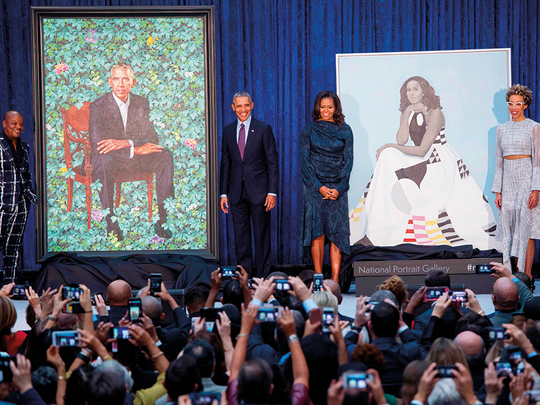
WASHINGTON: For 50 years, the official paintings of the nation’s former leaders at the National Portrait Gallery have been composed of white presidents painted by white artists. But when the curtains fell from two official portraits on Monday morning, they revealed the first black president and first lady, Barack and Michelle Obama, painted, for the first time in the gallery’s history, by black artists, Amy Sherald and Kehinde Wiley.
“I’m also thinking about all the young people — particularly girls and girls of colour — who in years ahead will come to this place and they will look up and they will see an image of someone who looks like them hanging on the wall of this great American institution,” Michelle Obama said in her remarks. “I know the kind of impact that will have on their lives, because I was one of those girls.”
While they were interviewing artists for the portraits, Michelle said she knew immediately that Sherald, 44, was the one. “We started talking and Barack kind of faded into the woodwork,” the former first lady said. “There was an instant sister-girl connection. That was true all the way through the process.”
When Sherald walked in, “she was fly and poised,” Michelle added. “She had this lightness and freshness of personality.”
Obama, in his remarks, said he, too, bonded with his artist of choice, Kehinde Wiley, 40, though “maybe not in the same way — this whole sister-girl thing”.
“He and I make different sartorial decisions,” Obama continued, a joking reference to Wiley’s bold clothing choices (he wore a black-and-white patterned suit to the ceremony). “But what we did find was we had certain things in common. Both of us had American mothers who raised us with extraordinary love and support. Both of us had African fathers who were absent in our lives.”
Wiley, whose father is Nigerian, was raised with four siblings in South Central Los Angeles by his African-American mother, who relied on welfare benefits and earnings from the family thrift shop. Wiley thanked his mother from the stage, with tears in his eyes. “We did not have much but she found a way to get paint,” he said. “The ability to picture something bigger than that piece of South Central L.A. — you saw it, you did it, thank you.”
The artist also thanked Obama “for giving me a chance” and “for giving this nation a chance to experience your splendour”.
Part of what Obama saw in Wiley’s work, the former president said, was the capacity to elevate ordinary people to the level of royalty, those “so often out of sight and out of mind”.
“Kehinde lifted them up and gave them a platform and said they belong at the centre of American life,” Obama said. “That was something that moved me deeply, that’s part of what I believe politics should be about — not simply celebrating the high and the mighty and expecting that the country unfolds from the top down but rather that it comes from the bottom up.”
On a lighter note, Obama said that, while he and Wiley saw eye to eye on most elements of the painting, there were a number of negotiating points during their two sittings. “I tried to negotiate less grey hair, and Kehinde’s artistic integrity would not allow him to do what I asked,” Obama said. “I tried to negotiate smaller ears. Struck out on that as well.”
Wiley tried posing him in settings “with partridges and sceptres and thrones,” he said, even “mounting me on horses”.
“I had to explain that I’ve got enough political problems without you making me look like Napoleon,” Obama said. “You’ve got to bring it down just a touch.”
Among the prominent figures who turned out for the ceremony were filmmaker Steven Spielberg and his wife, actress Kate Capshaw, who helped fund the commission of the portraits. Also in attendance were several former members of Obama’s administration, including Eric Holder, the former attorney-general; David Axelrod, the former senior strategist; Jay Carney, the former press secretary; and Sam Kass, Obama’s senior policy adviser for nutrition (who sat with his baby in his arms). “We miss you guys,” Obama told them.
Wiley’s work often features African-Americans in the regal poses of emperors and kings, his own distinctive riff on historic portraiture. The Obama portrait, too, has its own majesty. But the former president is also depicted in a chair, with his hands crossed and elbows on his knees — a posture of informality and intimacy.
The two men paged through Wiley’s collection of art history books and thought about “the grand tradition of presidential portraits,” Wiley said in an interview after the unveiling. “Then we decided very quickly that we were just going to strike out a path of our own and try to create a type of singular narrative surrounding what this picture looks like — discarding history but also embracing it at once.”
“The narrative had to do with accessibility, the narrative had to do with a language of openness,” Wiley added. “There were no ties, it’s an open collar, it’s a much more relaxed body language — the sense of repose yet at the same time a kind of radical vigilance in the eyes.”
Sherald’s portrait of Michelle Obama similarly conveys a certain casualness. But, dressed in a flowing white patterned gown, the former first lady also projects what Sherald called “a quiet, strong presence,” one in keeping with Sherald’s own restrained style.
“You just feel connected to them because they’re so much like you. They just happen to be the first black president and the first black first lady. But other than that, they’re like your mother or your cousin or your dad,” Sherald said in an interview. “It was great to walk into the Oval Office and to see these brown faces.”
By choosing two black artists, Sherald said, the Obamas sent a strong message that people of colour and paintings by people of colour also belong on museum walls. “Something big happened, something that wasn’t supposed to happen happened: We had our first black president and our first black first lady,” Sherald said. “Their choices of Kehinde and I represent that.”




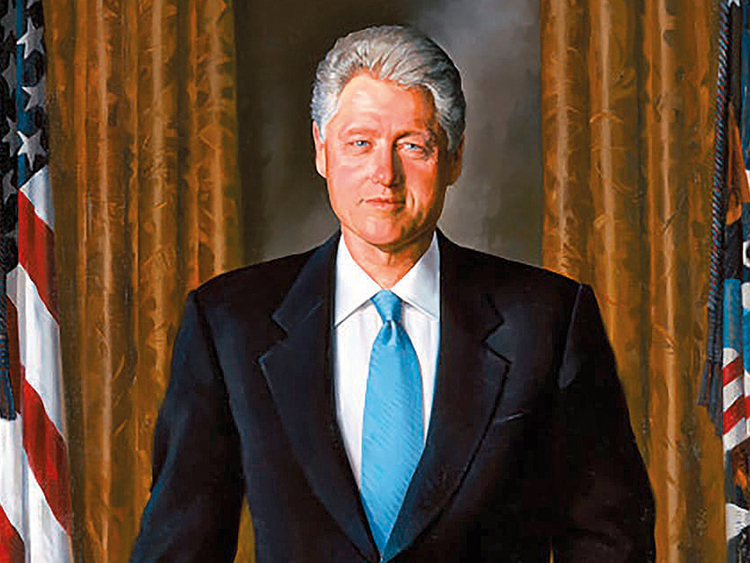
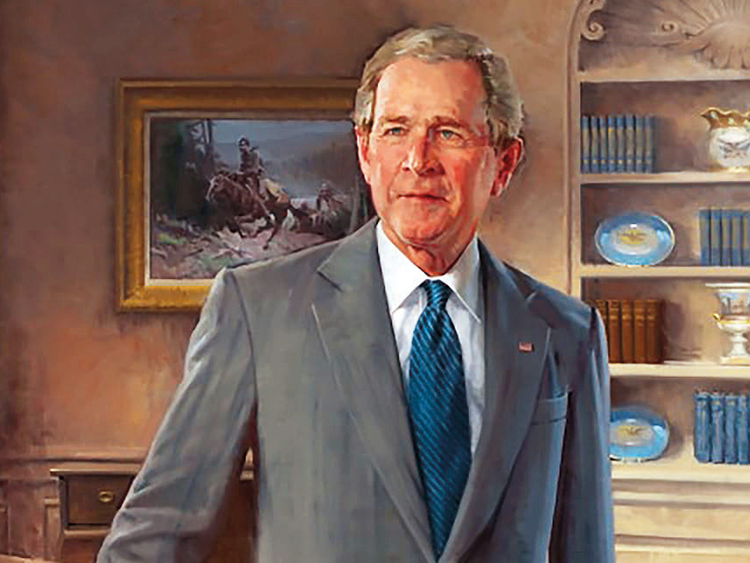
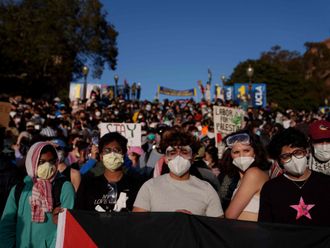
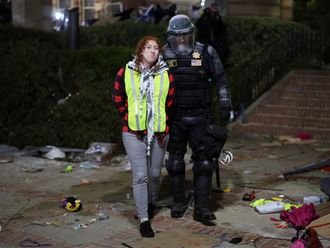






_resources1_16a3106a819_small.jpg)

